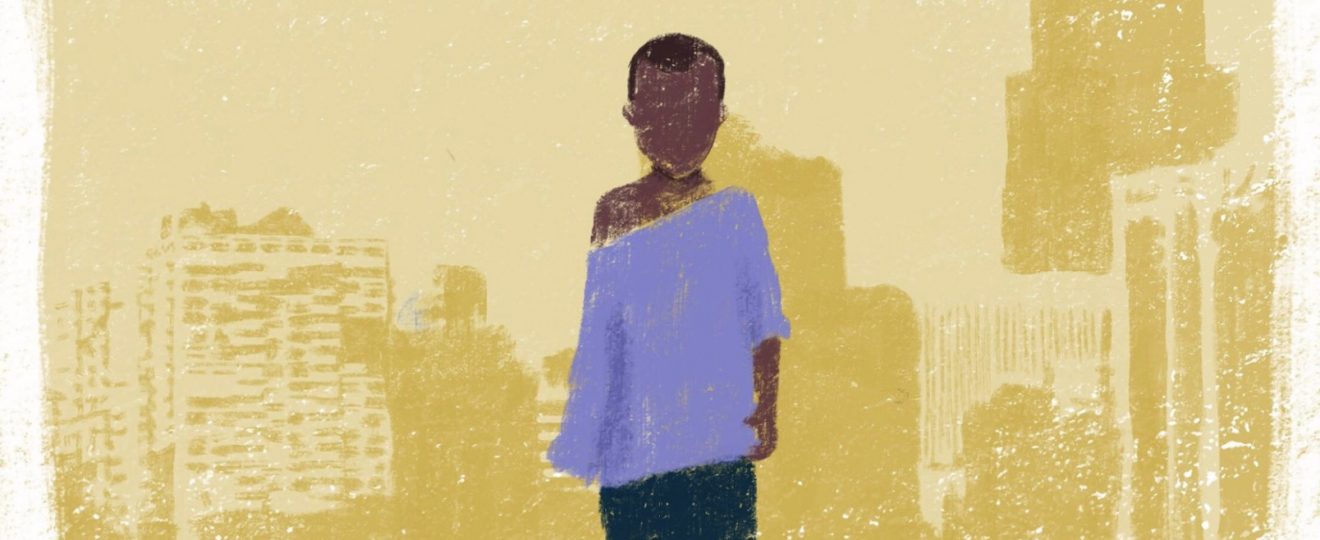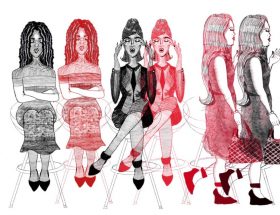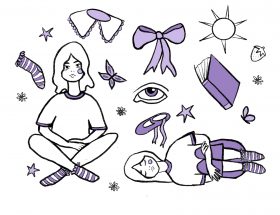I spent my summer in America working with young people of colour who came from particularly disadvantaged, impoverished neighbourhoods. In the short amount of time I spent with these youth, I was regularly struck by the damaging effect of their country’s structural racism on them. It is easy to see the consequences of institutionalised racism, a broken and prejudiced system, on the black and Hispanic populations of America as a whole. The statistics tell a very bleak story of gun violence, teen pregnancy and incarceration disproportionately affecting black people– for example, black people make up only 13% of the population but account for 59% of gun homicide victims. Yet these figures show only part of the story.
The children I came into contact with were bright, intelligent, witty and kind, as children often are. They also had behavioural problems resulting from the homes and communities they have grown up in – ultimately a consequence of their treatment by society. The youth had little respect for authority, which may stem from the fact that most authority figures in their lives appear to have little respect for them. The criminal justice system appears to show little regard for ethnic minorities, with black people making up 40% of the prison population. This is due to their increased chance of facing arrest and the fact they often receive harsher sentences for crimes than their white counterparts. These children often had no tolerance for the police, who were failing to suppress gang culture in their neighbourhoods but were strong features of their communities nonetheless, often making the children in question feel less safe due to the well-publicised instances of racially charged police brutality (and the many unpublicised ones). They would be forgiven for having little respect for the authorities in their school – the schools in these communities are shamefully underfunded and are far more likely to use criminal justice-oriented disciplinary methods rather than implementing behavioural (or even psychological) care. As a result, a disproportionate number of black males face disciplinary measures (suspension, expulsion, corporal punishment and school-related arrest). How can these young people be expected to respect these institutions, these forms of authority, when they are constantly proving themselves to be working against youth of colour, and working against these youths’ parents, friends, mentors and communities?
The experience of many of these children overshadowed any sort of suffering I have ever personally felt. They had stories of incarcerated or murdered parents, or parents that were having to work an ungodly number of shifts just to put food on the table for the twelve dependents living under their roof. The injustice of losing a parent or a sibling to gun violence or gang culture was written into their reality, was accepted and understood by all to be an expected part of life. And the injustice of their lives and their futures was so painful and unforgivable to an outsider such as myself.
For all their good qualities, many of these youth struggled with aggression and violence. Physical fights would break out daily, if not hourly, some small and insignificant in comparison with the few which required us to physically restrain the children. Witnessing these fights was a reality check for me. These young people whom I saw as so kind and caring were unrecognisable when their aggression was triggered. Whether they were defending a family member or themselves, many of the youth frequently saw violence as the only method of conflict resolution, ironically. Speaking to one, I was told that for those witnessing these fights it was unsettling because it was like being home, watching the violence on the streets that was so normal for them. And of course, that is why it was normal at camp – these pre-teens were already copying the behaviour of those around them, family members and friends and neighbours. It terrified me that these learned behaviours will follow them into adulthood, that will (statistically speaking) lead to many of them being affected by the same social issues as their parents. In one instance, when a pre-teen girl started violently attacking a younger boy after verbal provocation, I realised that this behaviour, coming from a black youth living in the South side of Chicago, will ultimately lead to her arrest. This was the heart-breaking reality of their lives.
As a passer-by, a person who has stepped into their lives for a summer and returned to her life as a privileged university student, I am aware of my detachment from this situation – I am speaking as someone who was thrown into their world for three months. I found those months to be the most emotionally exhausting and formative period of time that I can remember.
The knowledge that these children, at the end of the summer, were thrust back into the environment that is so dangerous and damaging, was almost unbearable. The way to cope with this thought was by reassuring myself that there was someone on the other side – a family member, teacher, or community worker who could continue to teach these children how to control these instincts, how to break free of the system, how to fight a world that is fighting them. But is this completely false hope?
Art by: Mafer Martinez




